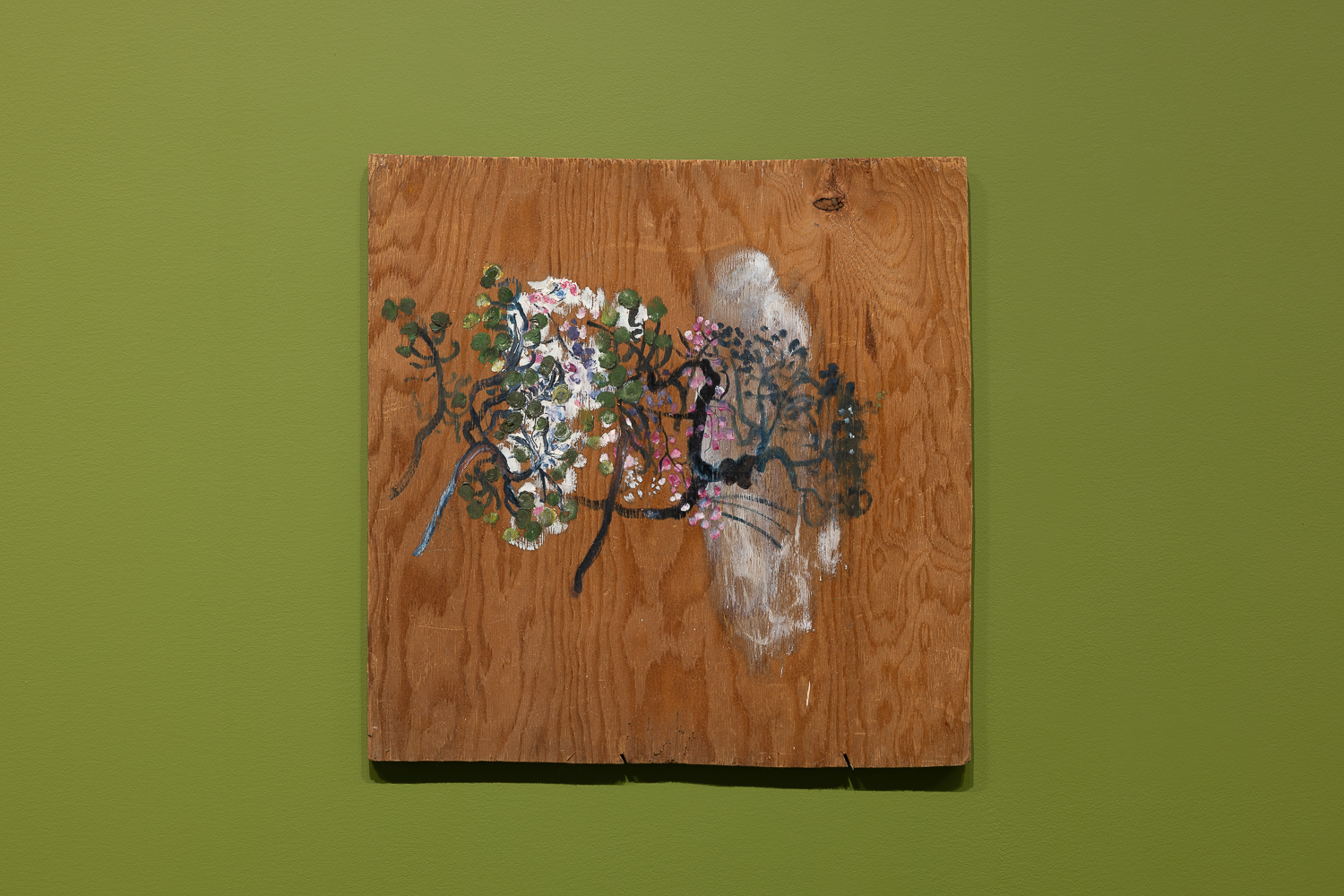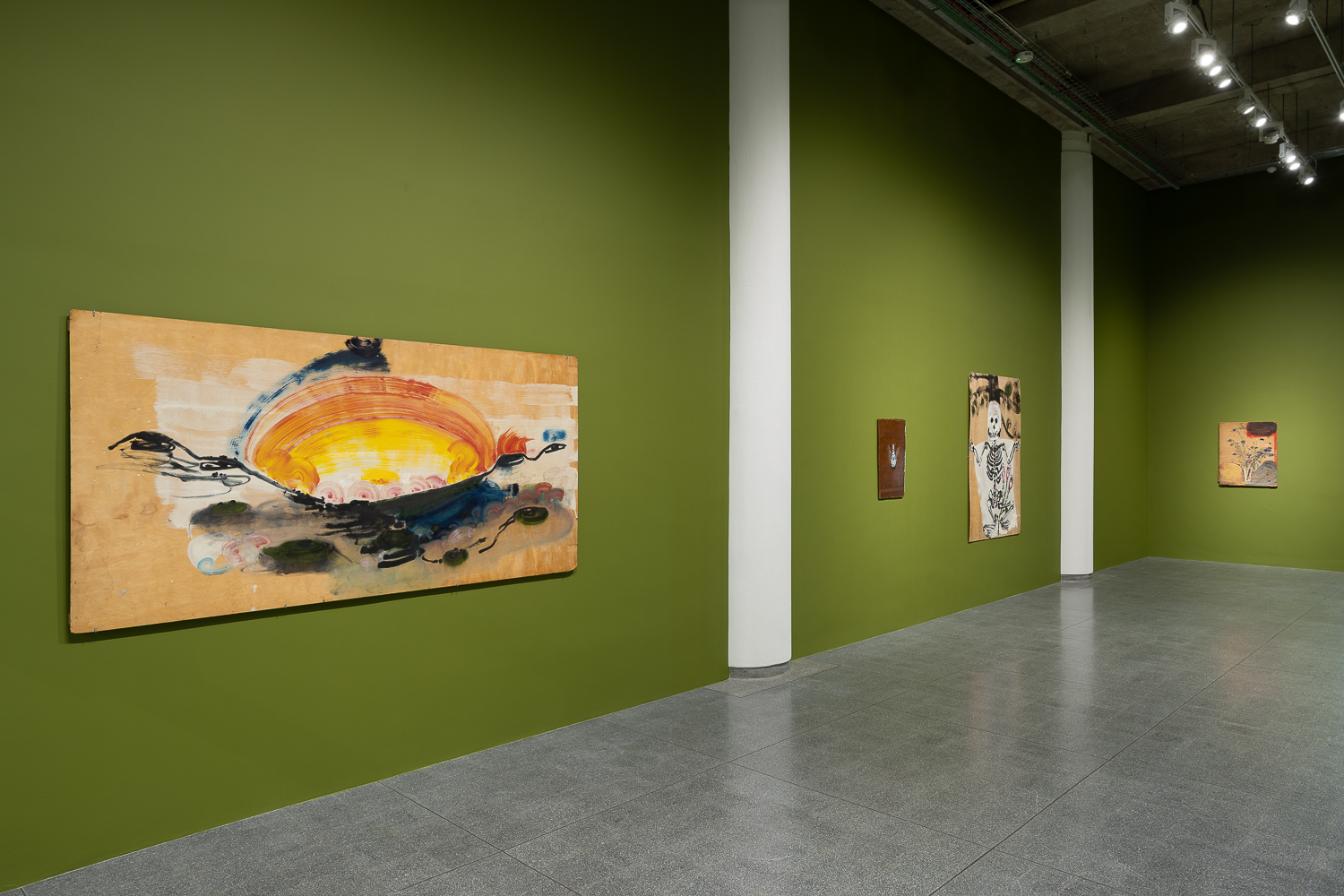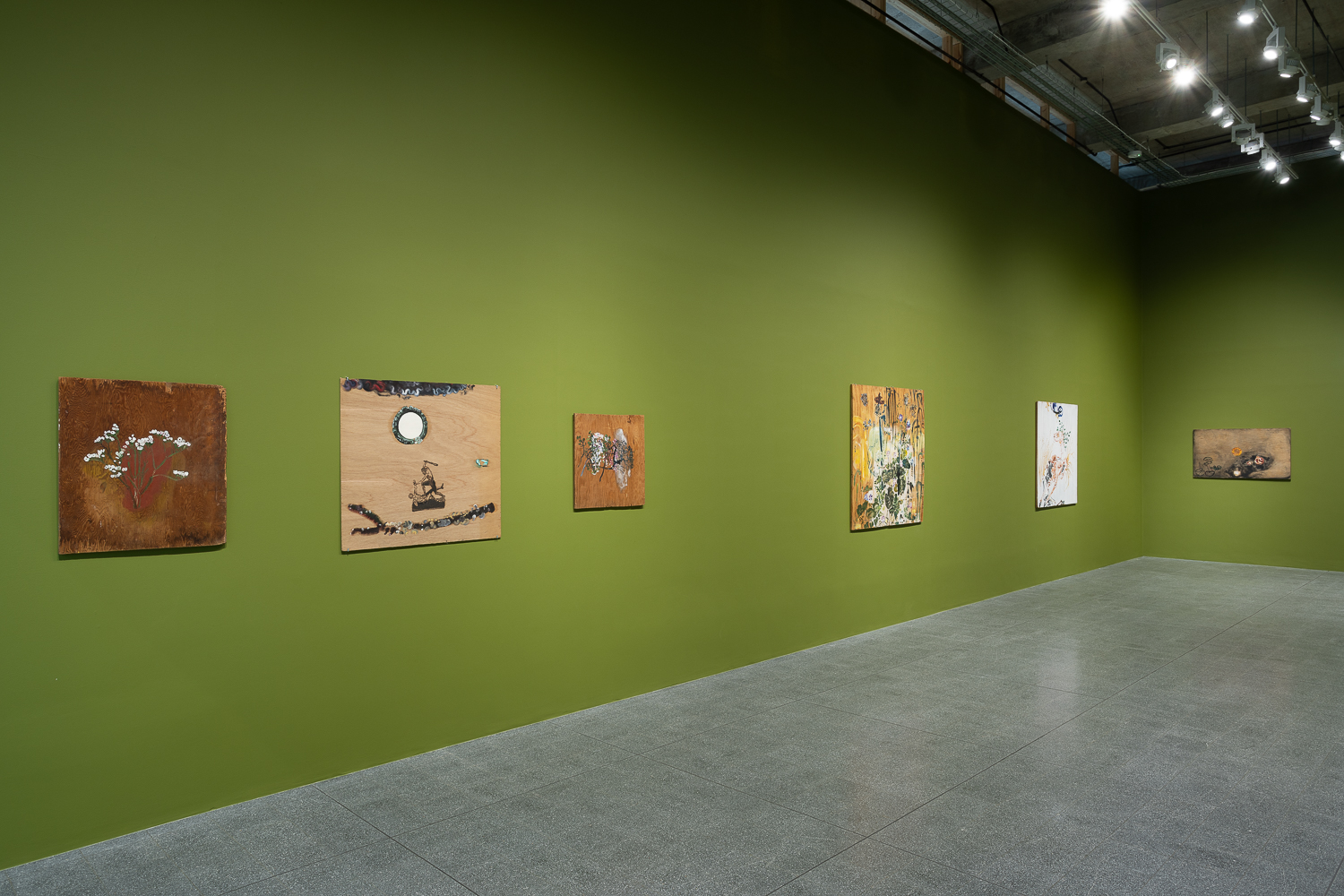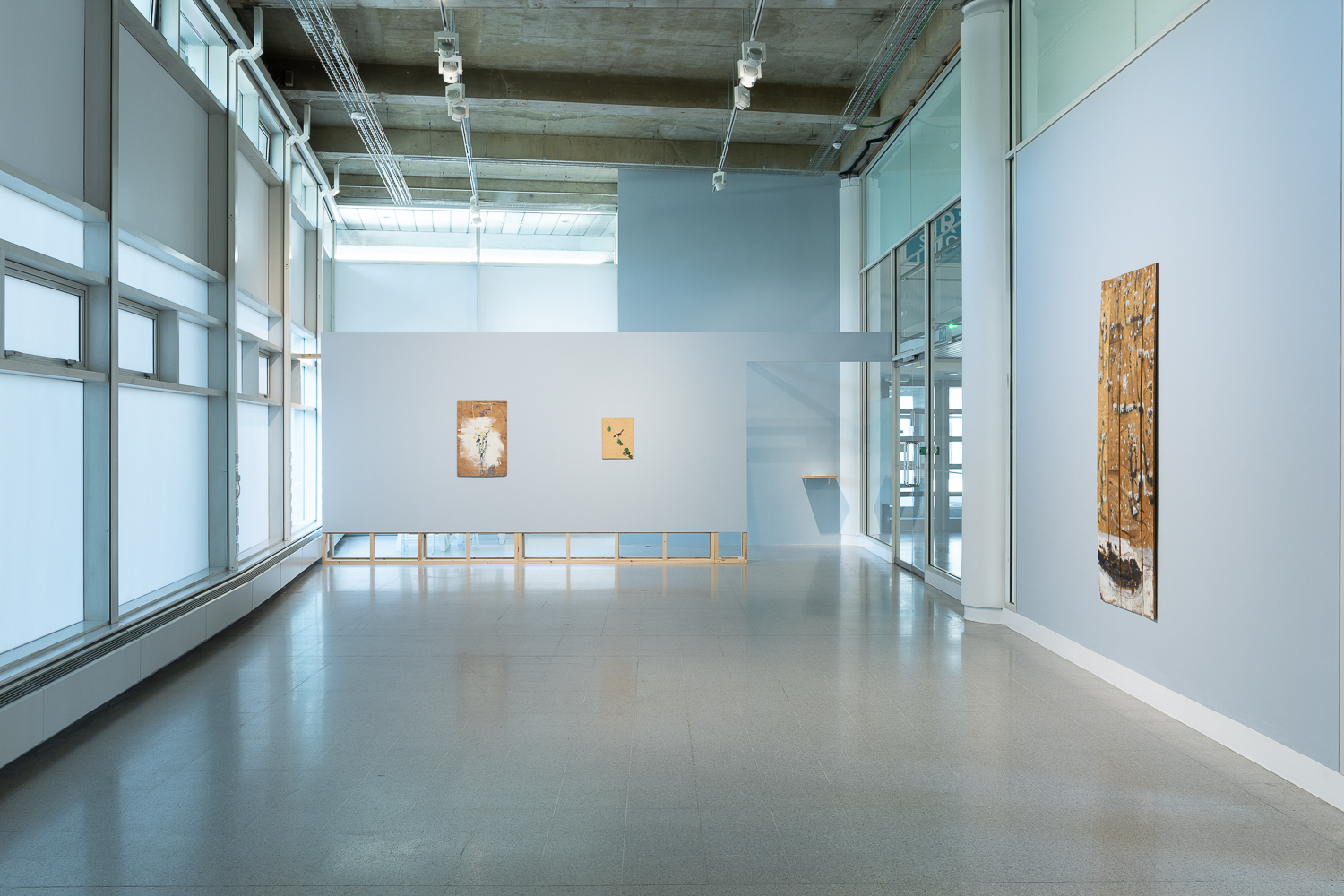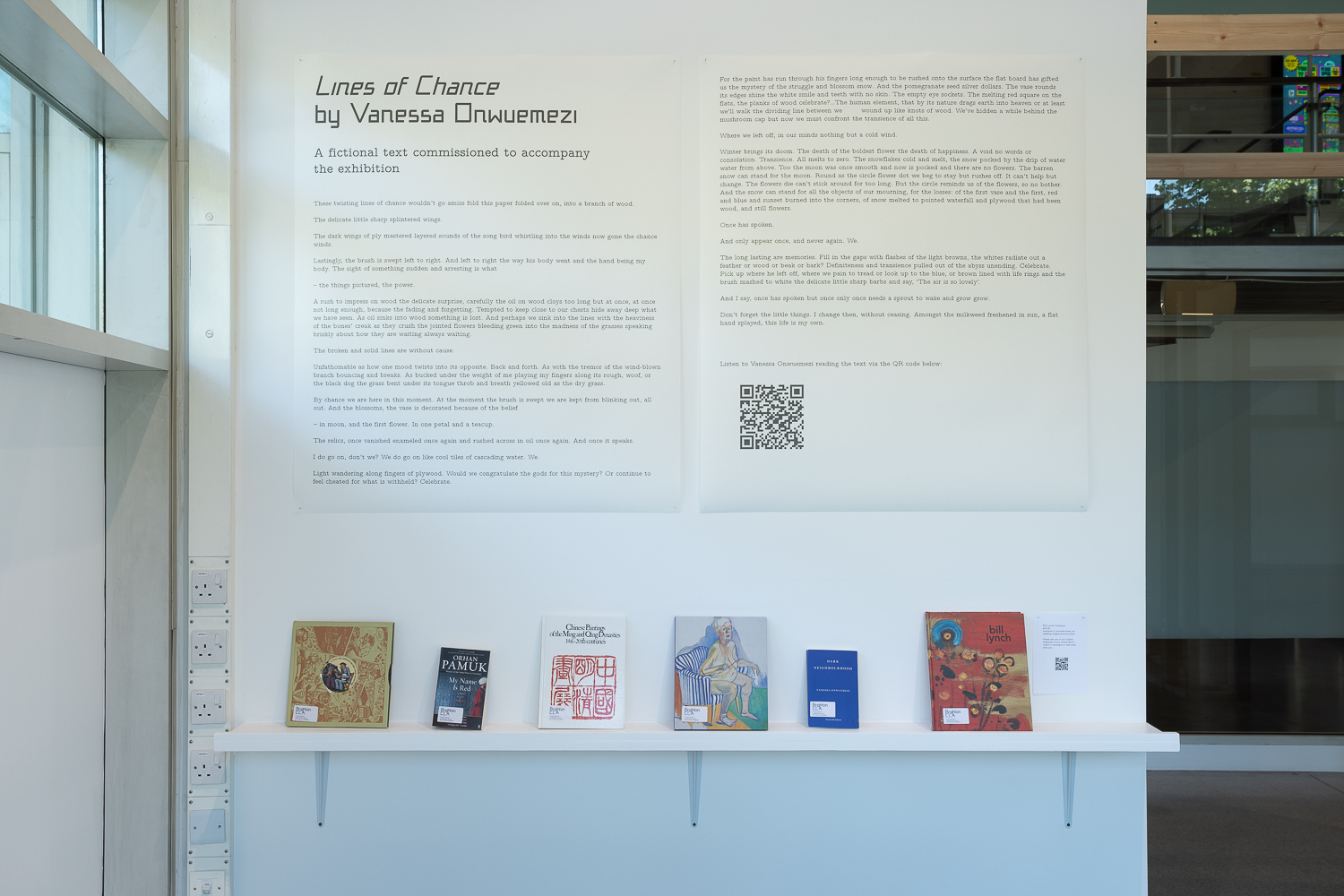Bill Lynch
The Exile of Dionysus
12.00am – 5pm
Open Tuesday – Saturday
‘Dreamy, haphazard, enchanting paintings of the American wilds…Brighton has a coup here’ –Laura Cumming, Observer 2022
Brighton CCA is delighted to present The Exile of Dionysus; the first major exhibition of works in a UK institution by American artist Bill Lynch (1960–2013). Largely overlooked in his lifetime, Bill Lynch was a painter of exceptional power and talent, whose work ranging across time and cultures continues to speak to us about the power of the past in the present moment. Assessing Lynch’s work in the New York Times in 2014, critic Roberta Smith wrote ‘Genius lands where genius will, and I’m pretty sure some alighted on Bill Lynch.’
The exhibition title is a reference to the Greek god of wine, parties, theatre, harvest, madness and ecstasy. As a young man Lynch arrived to study at Cooper Union in New York around 1978. Described by his friend the artist Verne Dawson, ‘he radiated a physical energy that was incandescent … of the Sufi bent – intoxication, whirling, playing the fiddle all in the service of connecting with the oneness of spirit and matter.’[1] Lynch it seems was a powerful force, but during his time in New York, he lived on the fringes – social, passionate, a huge fan of rock n roll and dedicated to his work, but never entirely embraced by the New York art world of the 1970s and 80s. He rarely sold his work and was never represented by any of the burgeoning number of galleries in the city at the time.
Dawson continues
‘He couldn’t have cared less about the minimalist music of Philip Glass or Steve Reich. He consumed and considered pop stars and movies, not the new issue of Artforum’.[2]
He might just as easily be found playing rock and roll records at a party, as in a state of revery drawing under a cherry tree in Central Park.
Lynch had considerable depth of knowledge in art history from ancient Chinese painting to contemporaries such as Warhol and Alice Neel who were both significant influences. Lynch painted primarily onto salvaged plywood sheets and other found materials. Partly from financial necessity and partly because of the contributions the grains, knots and marks afforded the work, often leaving areas raw and exposed. He depicted landscapes and wildlife, cultural artefacts and mythical symbols with instinctive and direct brushstrokes and a psychological connection to his subject matter. Lynch himself said
‘I have been forming the opinion that things religious, developed by Human obsessive observation of natures movement. It was good to be reminded how instinctual demands flavour the fruit of this root.’[3]
The Exile of Dionysus is an exhibition in two parts tracing connections in Lynch’s work between his wide-ranging interests spanning ancient cultures, mythology and art history. In the South Gallery, visitors encounter a world of lush vegetation, plants and landscapes interspersed with anthropological images and symbols. The work is heavy with both a sense of decay but also of magic, a visual language that resonates across time and cultures giving a sense of the layering of history, of long forgotten gods and pagan rites. The fertile growth and damp leaves suggesting a society of rich beliefs and celebration still there but only dimly remembered. He said
‘The idea is to give a glimpse at another world – the land of nods or possibly a more westerly location – by close examination of this one’[4]
Moving into the North Gallery, there is a collection of works born from Lynch’s deep interest in traditional Chinese painting. It is in the apparent simplicity of these works that the artists’ skill as a draughtsman emerges alongside his mastery of technique; using space and light to suggest form, movement and glimpses of narrative. There are echoes here too of the spirituality articulated in the landscapes of the Ming Dynasty which intrigued Lynch, using the painting as a space for reflection, for contemplating simplicity and form.
Across the exhibition there is a conversation between two spaces, between the spiritual and the earthly, the tension between a past and the current moment. The spirit of Dionysus is an embodiment of these conversations – what might seem like contradictions now – half hidden by Lynch’s tangled vegetation, pagan spirits and pools of light but not entirely forgotten.
Bill Lynch, The Exile of Dionysus is kindly supported by The Centre for Arts Wellbeing, University of Brighton
[1] Bill Lynch, New York 1978-82, Verne Dawson and Matthew Higgs in Conversation, Bill Lynch, Riding House, 2017
[2] Bill Lynch, New York 1978-82, Verne Dawson and Matthew Higgs in Conversation, Bill Lynch, Riding House, 2017
[3] Bill Lynch in correspondence with Michael Wilde, Bill Lynch, Riding House, 2017
[4] Bill Lynch in correspondence with Michael Wilde, Bill Lynch, Riding House, 2017

